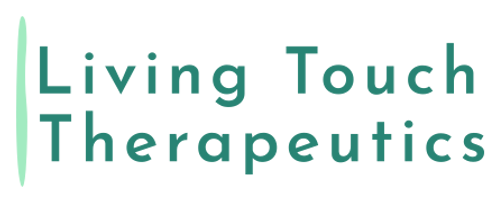T's Exercise
- Benjamin Mishleau
- Feb 3
- 2 min read
Updated: Feb 20
The T’s exercise has its origins in physical therapy, rehabilitation, and functional strength training, evolving as a key movement for shoulder health, posture correction, and scapular stability. It was first widely used in rotator cuff rehabilitation programs to strengthen the posterior deltoids, rhomboids, and middle trapezius, helping individuals recover from shoulder injuries and improve posture. Over time, the exercise was adopted by athletes, weightlifters, and posture-focused training programs due to its effectiveness in counteracting forward-rounded shoulders caused by prolonged sitting and poor posture.
Purpose: The T’s exercise is a shoulder and upper back strengthening movement designed to improve posture, scapular stability, and shoulder mobility. It targets the posterior chain and helps counteract the effects of poor posture, making it ideal for injury prevention and rehabilitation.
Targeted Areas: Rear deltoids, rhomboids, middle and lower trapezius, and rotator cuff muscles.
Instructions:
Lie face down on a bench or floor with your arms extended straight out to the sides, forming a “T” shape with your torso. Palms should be facing downward.
Squeeze your shoulder blades together as you lift your arms to shoulder height. Keep movements controlled.
Slowly return to the starting position, maintaining tension in your upper back.
Perform 10–15 reps for 2–3 sets.
Tips:
Keep shoulders away from your ears to engage the correct muscles.
Avoid using momentum to move; the goal is to strengthen the stabilizers.
Maintain a neutral spine and engage your core to prevent lower back strain.
Who Should Do T's:
Athletes and Weightlifters – Helps improve scapular stability and shoulder strength, benefiting pressing and overhead movements.
Individuals with Poor Posture – Strengthens the upper back and counters forward-rounded shoulders caused by prolonged sitting.
People in Rehabilitation or Injury Prevention Programs – Commonly used for rotator cuff rehab and to strengthen postural muscles.
Office Workers and Those with Sedentary Lifestyles – Helps combat the effects of slouching and improves shoulder mobility.
Beginners Seeking Shoulder Stability – A great low-impact movement for developing proper shoulder mechanics before progressing to heavier lifting.
Who Shouldn’t Do T's:
Individuals with Acute Shoulder Injuries – Those with rotator cuff tears, shoulder impingement, or severe instability should avoid or modify this exercise.
People with Upper Back or Neck Pain – If the movement worsens discomfort, modifications or alternative exercises may be needed.
Anyone with Limited Shoulder Mobility – If the arms cannot be raised properly without strain, a modified range of motion or wall-based variations may be more suitable.
If It Causes Pain: If in doubt, if it causes pain, don't do it.





